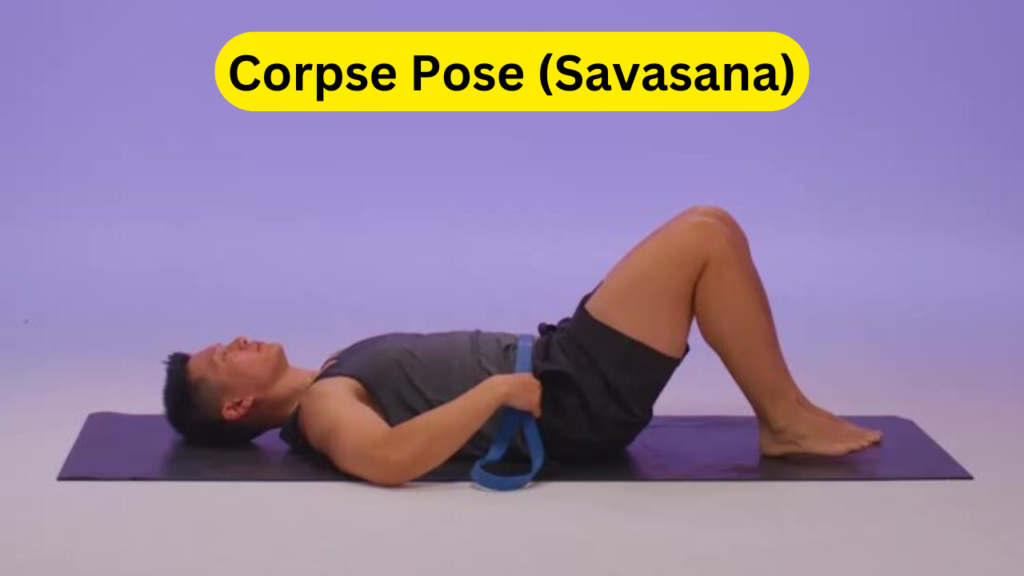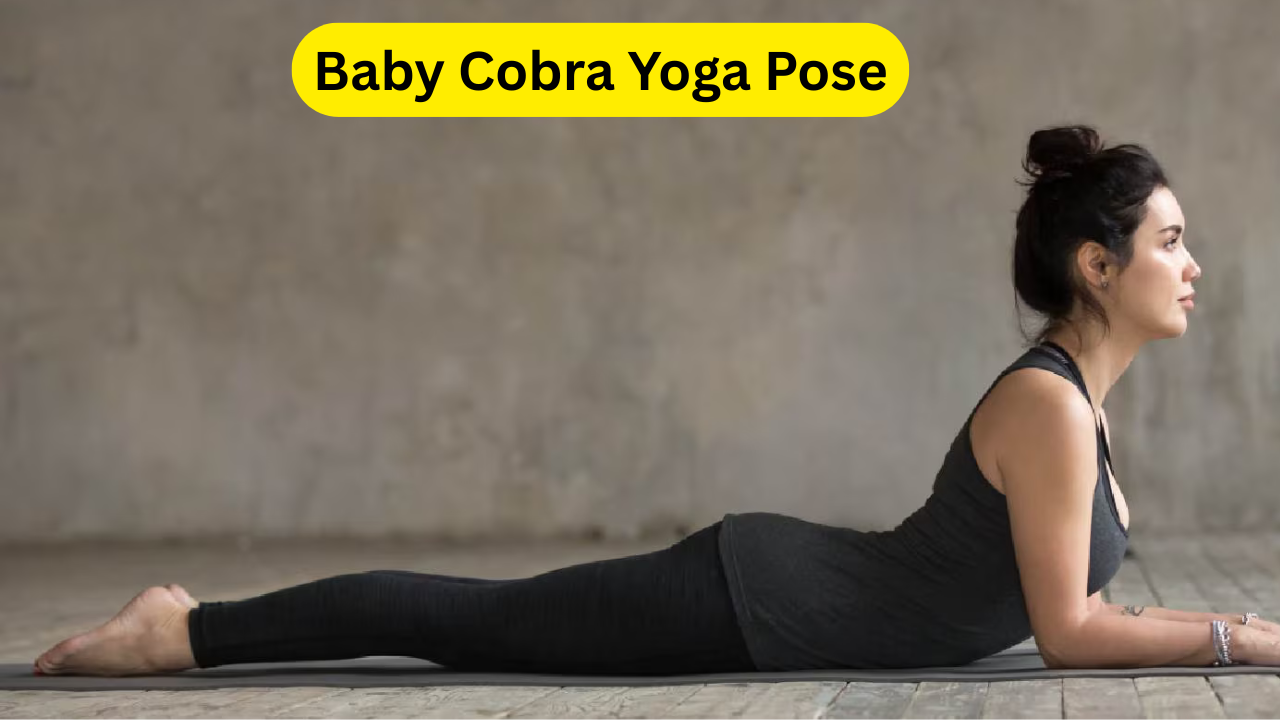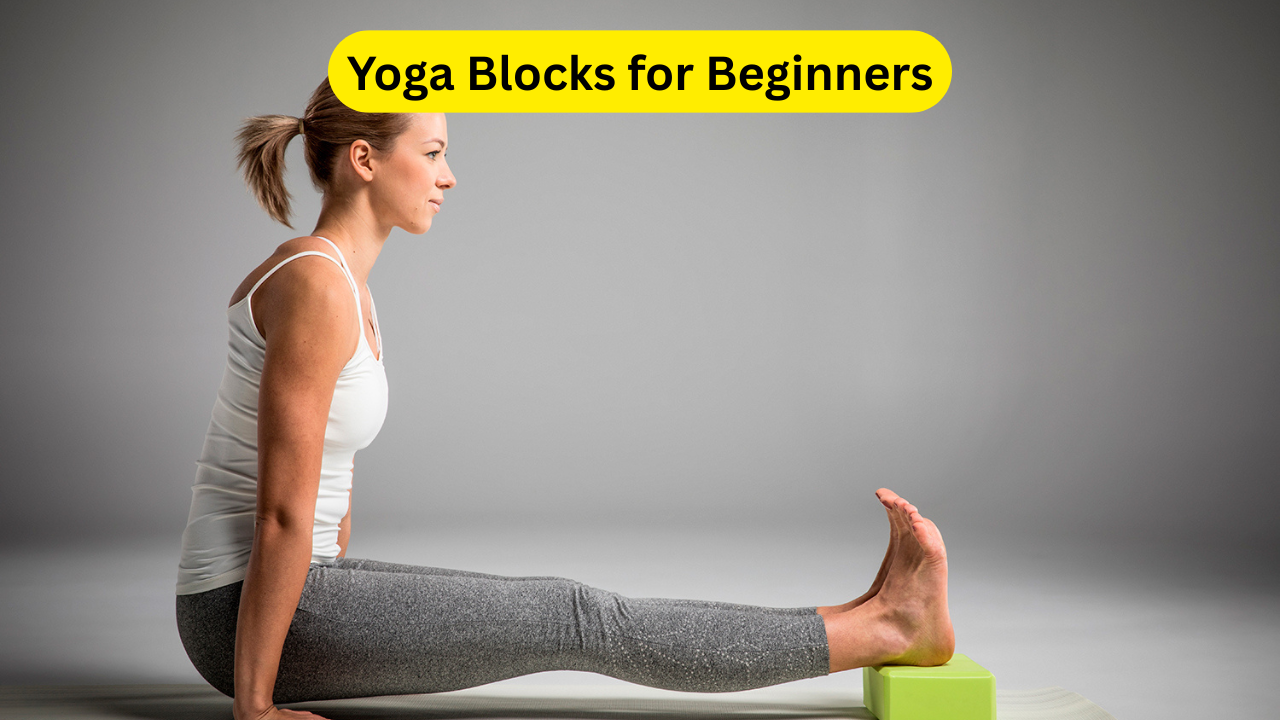A 10-Minute Evening Yoga Routine: After a long and exhausting day, finding a way to unwind and prepare for a restful night of sleep is essential. A gentle evening yoga practice can be the perfect solution to relax your body and calm your mind. Engaging in yoga before bedtime not only helps release the physical tension accumulated throughout the day but also promotes mental tranquility, setting the stage for deep and uninterrupted sleep. By incorporating slow, mindful movements and deep breathing techniques, you can ease into a state of relaxation and create an ideal bedtime routine.
Yoga has been shown to enhance sleep quality, making it especially beneficial for individuals struggling with insomnia. According to Dr. Vanika Chawla, a clinical assistant professor at Stanford School of Medicine and a certified yoga instructor, yoga encourages relaxation by activating the parasympathetic nervous system, which counteracts stress and anxiety. Scientific studies suggest that practicing yoga regularly can help people fall asleep faster and enjoy longer, more restorative sleep cycles. The combination of deep breathing, mindfulness, and gentle stretching promotes relaxation and reduces stress hormones, which play a significant role in sleep disturbances.
Furthermore, yoga offers additional health benefits beyond improving sleep. It can counteract the effects of a sedentary lifestyle, alleviating common aches and pains caused by prolonged sitting or poor posture. Additionally, practicing yoga consistently can reduce cortisol levels, the hormone responsible for stress, and foster a sense of inner peace. To maximize the benefits of an evening yoga session, it is helpful to begin with dynamic movements before transitioning into more restorative postures. As certified yoga instructor Steph Creaturo suggests, yoga acts as a bridge that helps ease the transition from the hustle and bustle of daily life into a peaceful nighttime routine.
Click here: Working Out Barefoot: Pros and Cons
The Benefits of Evening Yoga for Sleep
1. Promotes Relaxation and Reduces Stress
Evening yoga helps calm the nervous system, signaling to the body that it is time to unwind. Deep breathing exercises slow down the heart rate and lower blood pressure, creating an optimal environment for restful sleep.
2. Eases Muscle Tension and Physical Discomfort
Sitting at a desk all day or engaging in strenuous activities can lead to muscle stiffness and discomfort. Yoga poses gently stretch and relax tense muscles, reducing pain and enhancing physical comfort before bedtime.
3. Enhances Mindfulness and Mental Clarity
Mindfulness is a key component of yoga practice. Engaging in mindful movements and breath awareness reduces racing thoughts, preventing mental distractions that can interfere with sleep.
4. Improves Sleep Quality
Regular yoga practice can lead to deeper and more restorative sleep cycles. Studies show that individuals who practice yoga before bed experience fewer nighttime awakenings and wake up feeling more refreshed.
A 10-Minute Evening Yoga Routine
This simple yoga routine consists of two parts. The first part, called the “sun setting salute,” includes a dynamic flow of poses to ease into relaxation. Perform this sequence twice before moving into the second part, which consists of five poses held for increasing durations.
Sun Setting Salute (Repeat Twice)
1. Standing Forward Fold (Uttanasana)
- Stand with feet hip-width apart and gently fold forward, allowing your head and arms to hang loosely.
- Keep a slight bend in the knees if needed and focus on deep breathing.
- Hold for 5 deep breaths.
2. Cat-Cow Stretch (Marjaryasana-Bitilasana)
- Start on all fours and alternate between arching the back (Cow Pose) and rounding it (Cat Pose).
- Synchronize your breath with each movement to release tension from the spine.
- Repeat for 5 slow breaths.
3. Low Lunge (Anjaneyasana)
- Step one foot forward into a lunge position, keeping the back leg extended.
- Lift your arms overhead and stretch through the torso.
- Hold for 3 deep breaths on each side.
4. Downward Facing Dog (Adho Mukha Svanasana)
- Press your hands and feet into the mat, lifting your hips to form an inverted V shape.
- Keep your heels slightly lifted if necessary and focus on steady breathing.
- Hold for 5 deep breaths.
Restorative Poses
5. Seated Forward Bend (Paschimottanasana)
- Sit with legs extended and slowly fold forward, reaching for your feet or shins.
- Maintain a long spine and hold for 5 deep breaths.
6. Reclined Twist (Supta Matsyendrasana)
- Lie on your back and bring one knee across your body for a gentle spinal twist.
- Hold each side for 5 breaths.
7. Legs Up the Wall (Viparita Karani)
- Lie on your back and extend your legs upward against a wall.
- Focus on slow, deep breathing and hold for 3–5 minutes.
8. Child’s Pose (Balasana)
- Sit on your heels, extend your arms forward, and rest your forehead on the mat.
- Breathe deeply and hold for 1–2 minutes.
9. Corpse Pose (Savasana)

- Lie on your back with arms relaxed at your sides.
- Close your eyes, take slow breaths, and relax completely for 5 minutes.
sh yourself beyond your limits.
Ultimately, yoga before bed is a form of self-care that allows you to slow down and nurture your body. Whether you follow this 10-minute routine or explore other relaxing poses, dedicating time to unwind at the end of the day can transform your sleep experience and enhance your overall quality of life.
Also read: MG M9: Luxury MPV Spotted Ahead Of Market Launch In India
A 10-Minute Evening Yoga Routine Conclusion
Incorporating a short evening yoga routine into your daily schedule can be a game-changer for your sleep quality. With just 10 minutes of mindful movement and deep breathing, you can release tension, reduce stress, and signal your body that it’s time to rest. Over time, this practice can lead to improved sleep patterns, helping you fall asleep faster and stay asleep longer.
Beyond sleep benefits, yoga also enhances overall well-being. It improves flexibility, relieves muscle stiffness, and promotes relaxation. If you often experience restlessness at night, adding yoga to your bedtime routine could be a natural and effective solution.
Consistency is key when it comes to reaping the rewards of yoga. By practicing regularly, you’ll begin to notice how much more relaxed and refreshed you feel each morning. This simple yet powerful practice can have a profound impact on both your physical and mental health.
If you’re new to yoga, start with gentle movements and listen to your body. There’s no need to force yourself into deep stretches—modifications and props can make poses more accessible. The goal is to create a sense of calm and ease before bedtime, not to push yourself beyond your limits.
Ultimately, yoga before bed is a form of self-care that allows you to slow down and nurture your body. Whether you follow this 10-minute routine or explore other relaxing poses, dedicating time to unwind at the end of the day can transform your sleep experience and enhance your overall quality of life.
A 10-Minute Evening Yoga Routine FAQs
1. Can yoga really help improve sleep quality?
Yes, numerous studies have shown that yoga can improve sleep by reducing stress hormones, promoting relaxation, and helping the body transition into a restful state. Gentle stretching and deep breathing activate the parasympathetic nervous system, which calms the mind and body, making it easier to fall asleep and stay asleep.
2. How long should I do yoga before bedtime?
A 10- to 15-minute routine is usually enough to promote relaxation and prepare your body for sleep. However, if you have more time, you can extend your practice with additional poses or meditation for a deeper sense of calm.
3. What are the best yoga poses for better sleep?
Some of the most effective yoga poses for sleep include Child’s Pose, Legs Up the Wall, Reclining Twist, Seated Forward Fold, and Corpse Pose. These poses help release tension, improve circulation, and encourage a relaxed state of mind.
4. Can beginners practice yoga before bed?
Absolutely! Yoga before bed is suitable for all levels, including beginners. The key is to focus on gentle, restorative poses rather than intense or energizing movements. Modifications and props like pillows and yoga blocks can help make the practice more comfortable.
5. Is it okay to do yoga in bed?
Yes, some gentle yoga poses can be done in bed, such as Child’s Pose, Seated Forward Fold, and Legs Up the Wall. These poses can help you relax and prepare for sleep without needing a yoga mat or extra space. However, for better posture support, practicing on a mat or soft surface is recommended.







